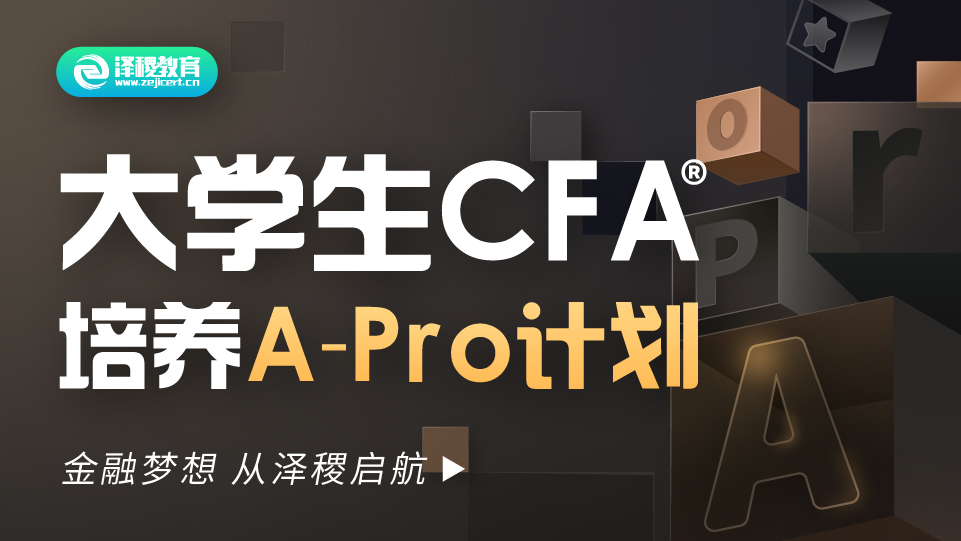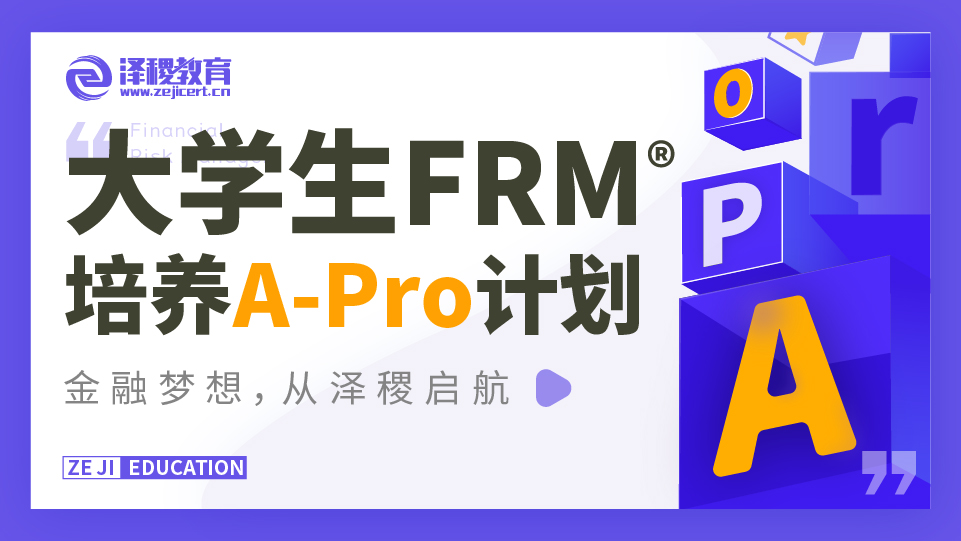Audit is a subject where sharp minds can excel. What is really demanded of us is understanding ‘materiality’. As simple as it sounds, it can be the reason why many students might fail paper F8. The first question was about Audit Strategy. And ‘materiality’ was definitely a part of it. Do you know the role of the audit strategy and audit plan in defining materiality?
Audit strategy and materiality
An audit strategy outlines the OBJECTIVES of the audit that is to be performed – like crafting the skeleton of a body. The details are yet to be filled in.
Once the internal control environment and the risk assessment system of the entity is understood, the independent auditor then needs to define an OVERALL materiality level. This consists of two important components:
Performance Materiality, and
Tolerable Misstatement Error
The auditor defines each of the two components. The performance materiality as well as the tolerable misstatement error differs from organisation to organisation, market to market and economy to economy.
Audit plan and materiality
The audit plan is an important document. ISA 300 is the governing standard here. The audit plan provides guidance on:
The direction
The supervision, and
The review of audit procedures
While going through ISA 320 – Audit Materiality in the study text, I ran a few searches online, discovering that the US regulates its audit procedures under Statements on Auditing Standards (SAS). These are a collection of Generally Accepted Auditing Standards (GAAS).
I opened SAS 122, section 320, which was titled Materiality in Planning and Performing an Audit. There, I found what I was looking for – the audit plan:
Helps give the auditor insight regarding the effect of the nature of an organisation in defining materiality.
Helps outline situation-based factors influencing the materiality.
Allows the auditor to take in account several other factors to establish effective materiality levels.
Lets the auditor document any changes/revisions in the materiality level initially defined by the auditor if crucial evidence is found later on at the performance stage.
Takes into account any possible changes to the performance materiality level following any change/revision in the overall materiality level.
As part of the ACCA student network, we all need to understand the basics of audit firmly to excel in our careers. I believe ACCA studies do not just keep you confined to one book in your bag, but demand you to research on your own.
I would love to hear your thoughts on this. Let me know if this article has helped you on your path to success in Paper F8.





 白金级认可培训资质(总部)
白金级认可培训资质(总部)
 课程试听
课程试听
 职业规划
职业规划
 ACCA中文教材
ACCA中文教材
 考位预约
考位预约
 免费资料
免费资料




 题库下载
题库下载
 模拟机考
模拟机考




 CFA®成绩查询
CFA®成绩查询




 GARP协会官方认可FRM®备考机构
GARP协会官方认可FRM®备考机构




















